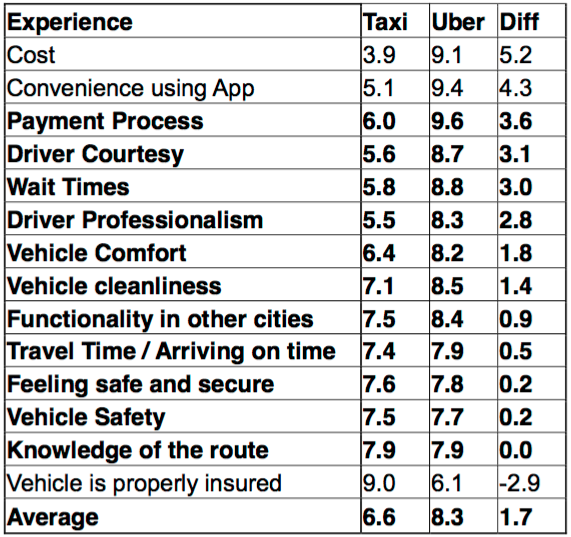Recent statistics have shown that the amount of Canadians leaving the country to join terrorist organizations has increased exponentially over the past two years.
Terrorism incidents in Canada have more than doubled between 2014 and 2015, according to incident-based crime statistics from StatsCan in 2015. Out of the 173 reported incidents in 2015, the amount of Canadian nationals leaving the country to participate in the activity of a terrorist group quadrupled from 2014.
That’s 28 nationals leaving Canada in 2015 compared to 7 in 2014. Experts are attributing the rise in numbers to ISIS’ self-proclaimed status as a state as compared to being a traditional terrorist organization.
“10 years ago there was no organization actively telling people to come and join them,” says Meriem Rebbani-Gosselin, a research officer at Montreal’s Center for the Prevention of Radicalization Leading to Violence. The institution was the first of its kind in the nation and offers 24/7 support to families, teachers and social workers concerned with individuals who may be shifting toward radical, violent thought.
“It’s not so much, ‘I’m going to show up there and it’s going to be up to fate.’ A lot of people are very certain that they’ll arrive there in a legitimate country.”
Cities that saw the highest increases of Canadians leaving to join a terrorist group included Ottawa/Gatineau, Vancouver and Montreal, which went from having one Canadian national leaving in 2014 to seven in 2015.
But other experts are questioning the terrorist organization’s legitimacy as a state and wondering if, in fact, numbers are truly on the rise.
Statistics should only be taken with a grain of salt, some terrorists experts are claiming. Jan Fedorowicz, who teaches the history of terrorism at Carleton University, says that while ISIS propaganda has been effective and attracted Western nationals, the number of Canadians leaving to join organizations like ISIS has most likely declined.
“They positioned themselves as winners,” Fedorowicz said. “They were expanding and moved into various cities suddenly and that appealed to people lost and disaffected. ISIS is now on the defensive.
“One of the attractive aspects of ISIS used to be social programs and they offered serious money to recruits. For unemployed or desperate people that appealed. They don’t have those resources anymore.”
Another troubling speculation about the statistics are the discrepancies StatsCan has with other reports. The Canadian Network for Research on Terrorism, Security and Society (TSAS) estimated that 62 nationals left Canada to fight for terrorist groups as of March 2016, while the 2016 Public Report On The Terrorist Threat To Canada reported as many as 180.
For Gosselin, inaccuracies in data can be attributed to the idea that it’s almost impossible to track all Canadians leaving with the intention of going to Syria for terrorist reasons, especially since direct travel to Syria is almost impossible.
“When we talk about rape statistics, of course you can have sexual abuse statistics but these will never be the actual number of victims because there’s a lot of people who don’t report. It’s the same thing with the number of people who left for Syria.
“It’s hard to hide the fact that someone got on a plane and left the country, but there has to be a number of people who got on a plane to another country and reached Syria by other means.”
The means of getting to Syria have become much more difficult since Turkey closed its border with Syria. This has led to a decline in nationals leaving to join ISIS as well, experts say.
“The numbers are going down but I wouldn’t say it’s because of a fall off in demand,” said Dr. Lorne Dawson, Director of TSAS. “The numbers are going down because it’s so much harder to go.”
Dawson and TSAS, between May 2014 and March 2016, have researched and drawn their own statistics claiming that 62 Canadians have left the country for terrorist activities in the Middle East from interviewing foreign fighters in Syria and Iraq, jihadists and people who want to go to Syria and Iraq. He claims that, while inaccuracies may exist, the threat no matter the size should not be ignored.
“ISIS itself has now for about the last six months repeated the statement, ‘Don’t come.’ ISIS is telling people to stay at home and do something there.”
“Terrorism, statistically, continues to be a small phenomenon and we’re not as inflicted as other countries. But I always stress to people, while we’re better off than most countries, it would be a total elusory to think we don’t have a serious problem here.”



